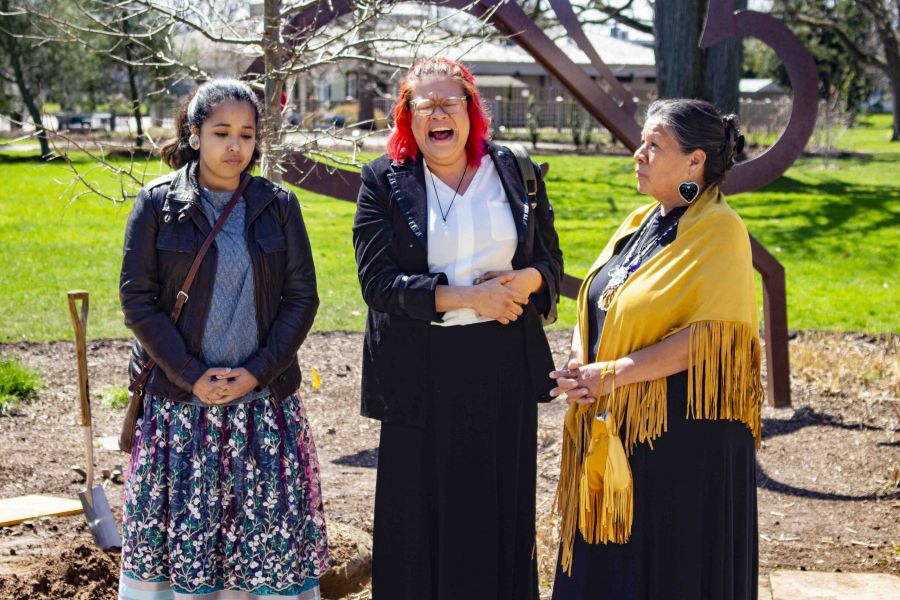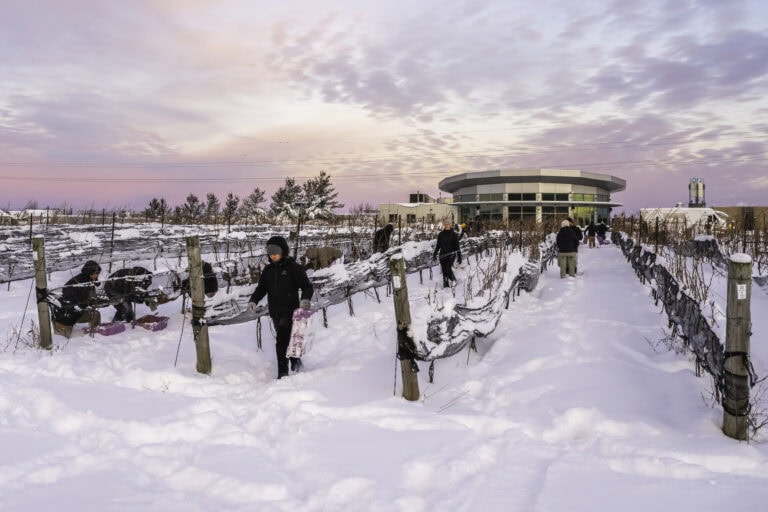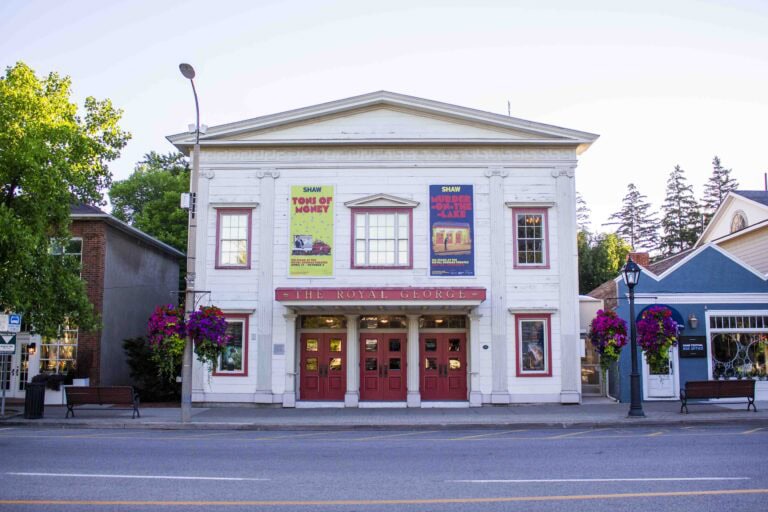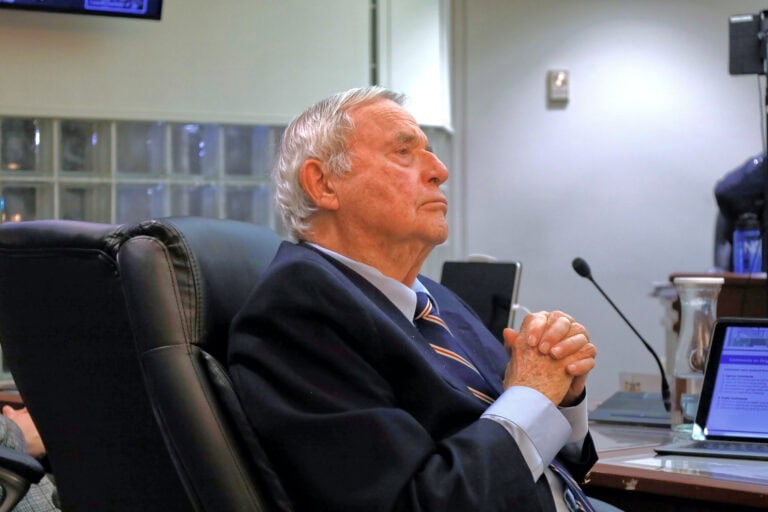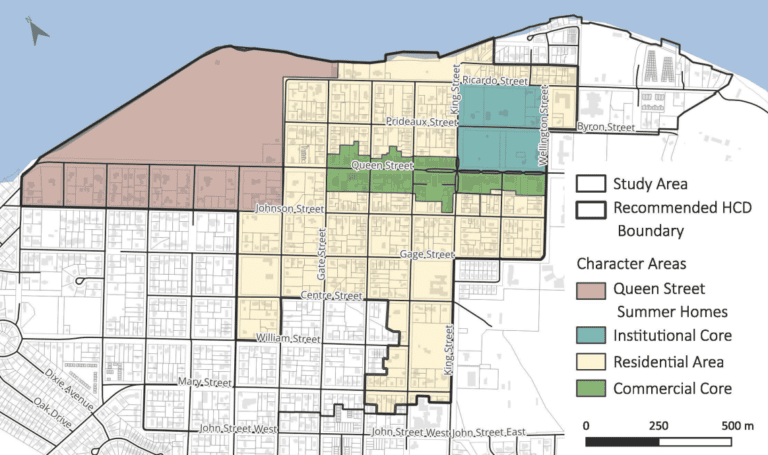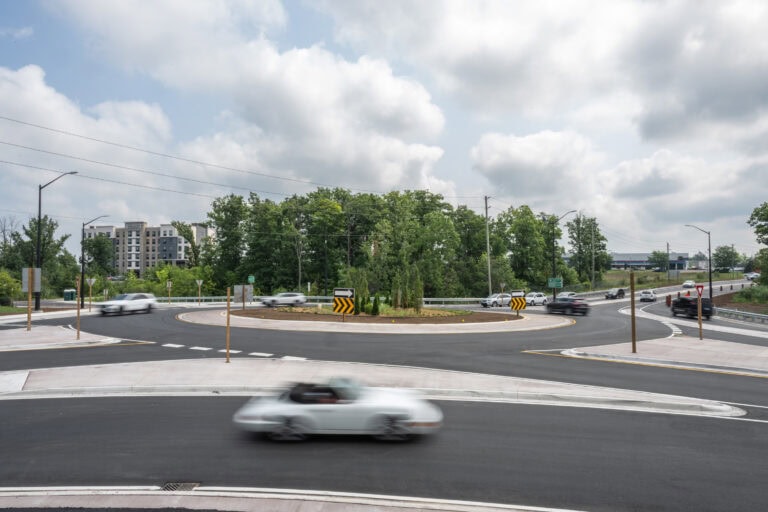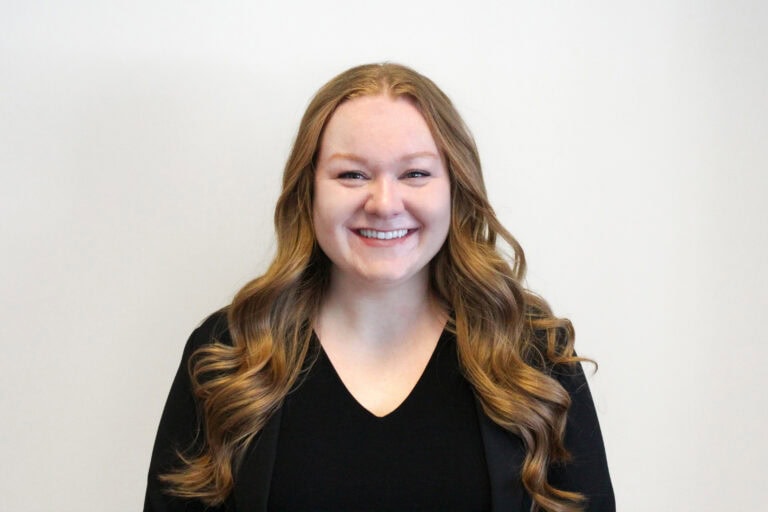After 137 years in existence, the Niagara Parks Commission has created the Niagara Parks Foundation, a dedicated fundraising branch for the self-supporting stewards of the Niagara River corridor.
“There have always been a long list of projects that are ‘would-likes’ and ‘gee, wouldn’t it be great if’, and the (Niagara Parks Foundation) is another way of making these possible,” said Deborah Whitehouse, chair of the foundation, at the Butterfly Conservatory to announce the establishment of the foundation.
The idea had been in the works for years but was delayed due to the onset of the coronavirus pandemic, she said.
Whitehouse noted the pandemic highlighted the need for the commission to pursue new funding opportunities instead of solely relying on revenue from its park grounds and attractions, which has been the model for the commission since its inception.
She also touched on the commission's lengthy and resilient history.
“The Niagara Parks Commission is approaching 150 years. They’ve been through tough times and were even closed entirely during one of the world wars," she said.
The main driver of the foundation is to help the commission fund more of its projects and meet its mandate as the steward of the Niagara River corridor.
“For those of us that spent our careers here, there was always more that we could be doing. In any business, whether you’re in a newspaper or whether you’re in the public sector — there’s always more that could be done,” Whitehouse said.
“And so to be able to do these projects and share those with other people is phenomenal.”
The push to finally get the foundation underway was actually started by former chair Sandy Bellows, who died last year, new chair April Jeffs said in an interview.
"Sandy was definitely the driving force back then and it’s carried on since she’s passed,” said Jeffs.
She sees the foundation as a way to reach out to the commission's many supporters who might be looking for ways to get more involved with its projects.
“I didn’t realize how many community stakeholders love the Niagara Parks Commission and are invested in it,” Jeffs said.
“We thought this was a way that people could give back.”
Anyone who donates to the foundation can request their money be dedicated to specific projects so supporters can connect with the projects that are closest to their hearts, such as the pollinator gardens or the Power Station.
The Power Station will be opening the second phase of its attraction this July, a tunnel that allows visitors to see the massive underground section of the plant, Jeffs said.
All indicators are pointing toward a busy summer for the commission, she said.
“We had a really, really good March break. So, we hope that’s an indicator that we’re going to see a lot of people coming back to see the Falls and the attractions and Fort Erie and Niagara-on-the-Lake,” Jeffs said.
Opening the event, the commission's chief executive officer David Adames called on several Indigenous people to share some opening remarks and to sing.
Elaina Jones, a Mohawk, was among the group.
Jones said Indigenous participation is important in these events because it directly addresses reconciliation and also increases the bond between disparate Indigenous groups.
“It’s reconciliation. Building that bond, rebuilding that bond,” Jones said in an interview.
Members of Niagara Parks along with Jones and two other Indigenous women, Kelyn Best and Jones' mother, planted an oak tree together outside the Butterfly Conservatory.
“We’re all on Turtle Island but we all come from and have different teachers. So, for all of us to come together and be able to plant that tree together, from all different directions, is a good initiative, including non-natives, because I like that.”
Jones said the commission has alluded to creating a space on its land where Indigenous people can gather to hold ceremonies, noting that having ceremonies on Niagara Parks property would enable a closer connection to the sacred Niagara River.
“We have blanket ceremonies, we have pipe ceremonies, we have a lot of ceremonies where we’re not allowed just to go anywhere. So maybe just having a place designated for natives to come, be able to enjoy the land, to have ceremony,” Jones said.
She said such a place has not been set in stone but it would be a good gesture from the Niagara Parks Commission to what Adames referred to as its “Indigenous partners.”
He said the commission would strive to “honour, collaborate, recognize and celebrate Indigenous history and culture."
Kelyn Best performed several songs with Jones. She took the time to honour the thousands of unmarked graves being located at residential schools across Canada.
“I think it’s important to place everything that’s happening now with the land and the relationship of the peoples of this land, and to honour the survivors of residential schools — one of which is here with us today and so we honour him,” Best said, referring to elder Albert Choken.
One of the songs performed was dedicated to Choken, whom readers may recall from a story last October in which he assisted in cleansing lost spirits from St. Davids.
“In this joyous occasion of connecting with the land, I think it is important to remember the ongoing colonial history of this place and that we move forward with that knowledge in a good way,” said Best.



